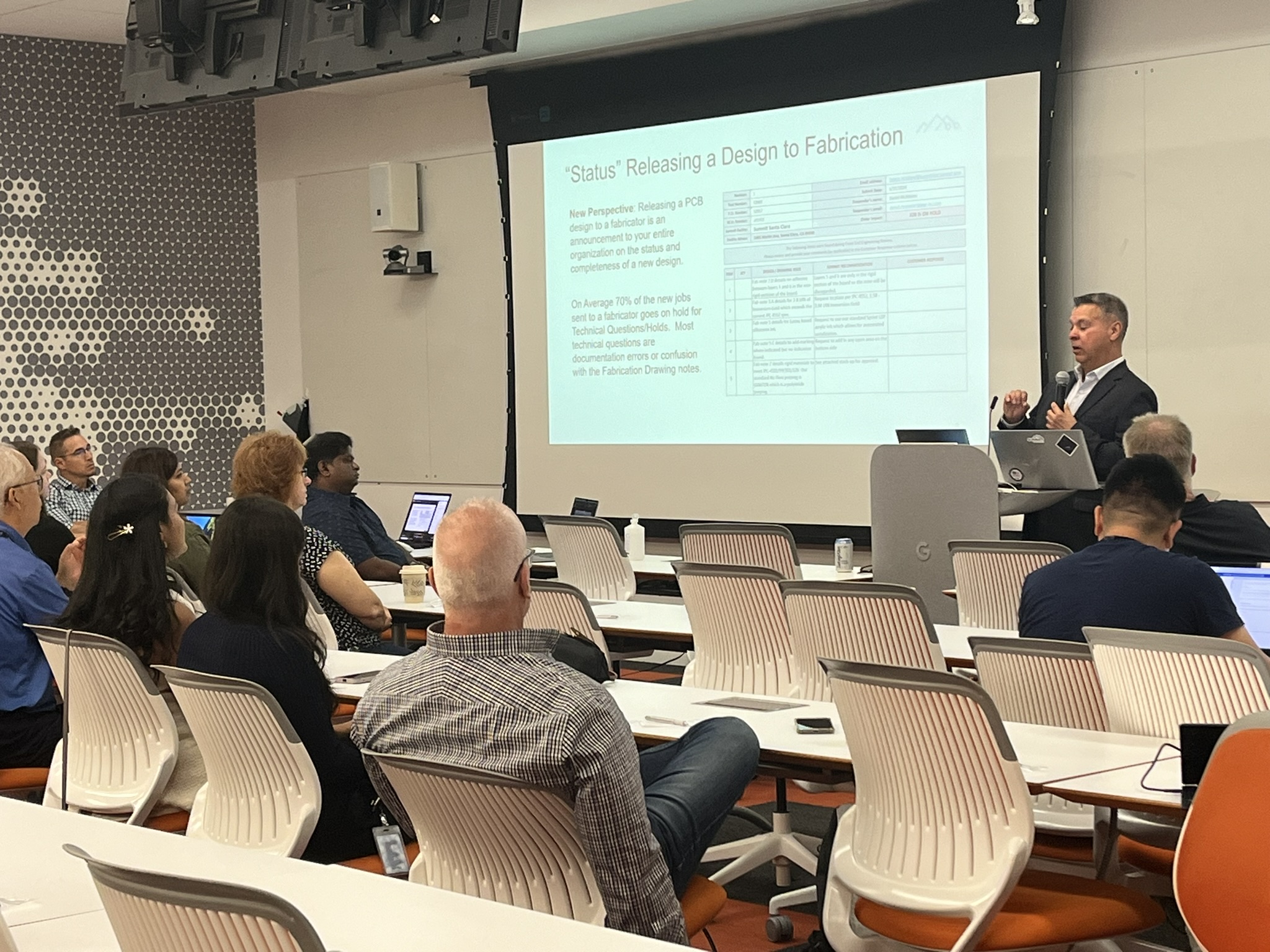Automotive electronics have become increasingly sophisticated, requiring high-reliability PCBs that can withstand extreme temperatures, vibrations, and environmental conditions. Automotive PCB manufacturing focuses on producing durable, high-performance circuit boards essential for modern vehicles and transportation infrastructures.
Key Considerations in Automotive PCB Manufacturing
Automotive PCBs must function in extreme heat, cold, and humidity. To achieve this, manufacturers use high-Tg (glass transition temperature) materials for improved heat resistance. Enhanced thermal dissipation, while conformal coatings protect against moisture, dust, and chemicals, ensuring longevity in harsh environments.
Vehicles are subject to constant motion and impact, which makes vibration resistance crucial. Reinforced solder joints help prevent cracking under stress, while flexible PCBs are commonly used in areas requiring bending or movement. High-reliability interconnects ensure secure component attachment, maintaining consistent performance over time.
Safety and reliability standards are paramount in automotive PCB manufacturing. Compliance with ISO 26262 ensures functional safety in road vehicles, while IATF 16949 establishes a quality management system for automotive production. Components also undergo rigorous testing under AEC-Q100/AEC-Q200 standards to guarantee reliability in demanding automotive applications.
Different vehicle systems require specialized PCBs designed for specific functionalities. Engine Control Units (ECUs) rely on high-temperature, multi-layer boards for processing engine operations. Advanced Driver Assistance Systems (ADAS) demand high-frequency, low-loss PCBs for precise signal transmission. Electric Vehicle (EV) power management systems use heavy copper PCBs to handle efficient power distribution, while lighting and infotainment systems benefit from flexible and rigid-flex PCBs for compact designs.
To ensure automotive PCBs meet performance requirements, manufacturers implement advanced testing and quality control measures. Automated Optical Inspection (AOI) detects potential defects early in the process and X-ray testing analyzes hidden solder joints. Thermal cycling tests simulate real-world vehicle conditions, and high-voltage and electrical continuity tests verify the safety and performance of power systems.
Final Thoughts
Automotive PCB manufacturing demands high-quality materials, precision engineering, and strict compliance with safety regulations. As vehicles integrate more electronic features, advanced PCB technologies will continue to drive innovation in the automotive industry.



